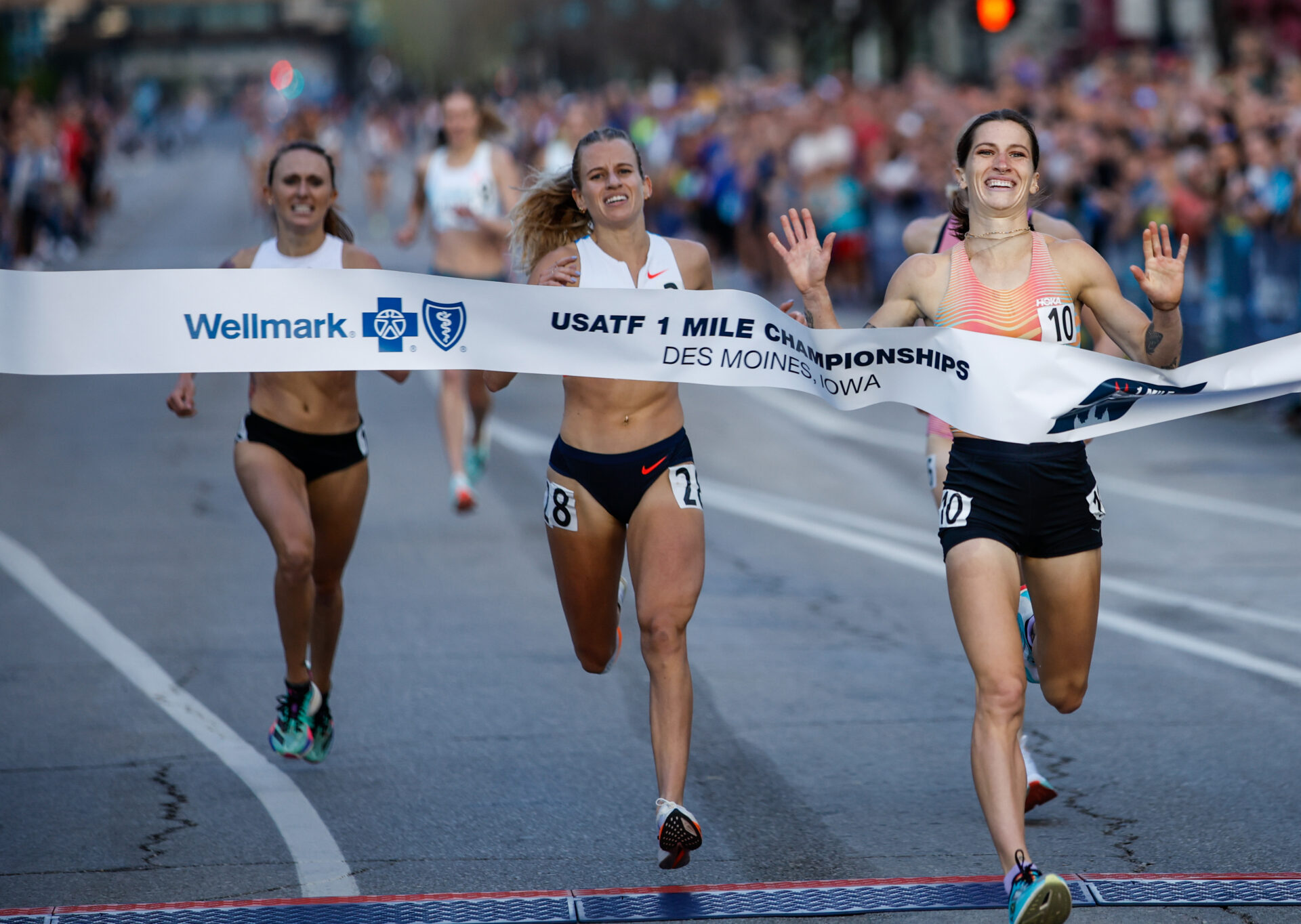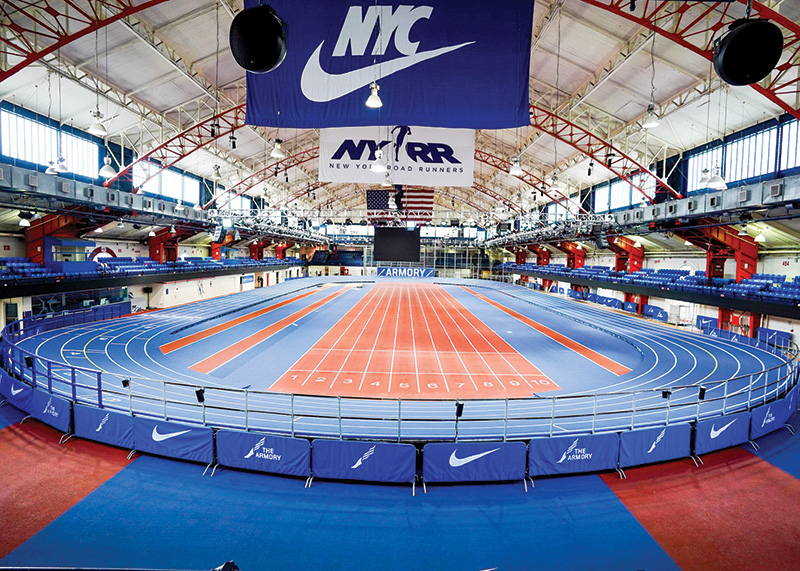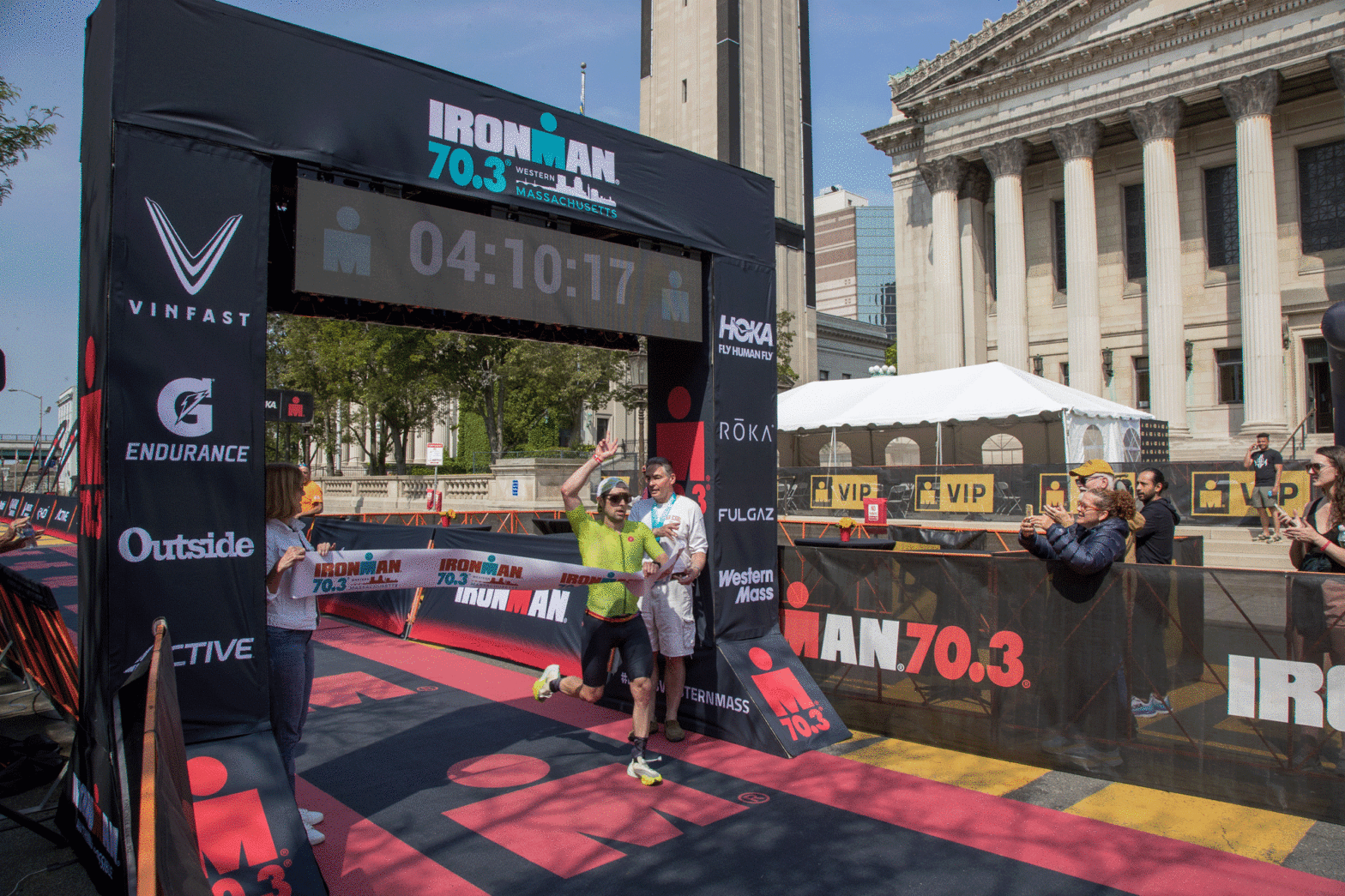
As with most projects or plans in life, the degree to which you succeed often comes down to how well you pay attention to the details. That’s never truer than when organizing a track and field meet. With up to 21 different events in a single meet, sometimes occurring simultaneously, it’s not just nice to be on top of things, it’s mandatory. To get tips on how to do just that, we consulted the organizers of two of the oldest and most respected track and field events in the country. Here’s what they had to say when it comes to the dos and don’ts of organizing track and field meets.
DO: Get your event properly sanctioned
With so many diverse categories, divisions and levels of competition, it’s crucial you know the rules and protocols and which governing body should sanction your meet, says Blake Boldon, Drake University’s senior associate athletic director, who oversees the Drake Relays, a prestigious track and field event in Iowa with a history dating back to 1910. This is particularly important if the meet is a USA Track and Field qualifier and athletes are expecting to use their results to compete at a national or international event down the line.
And unlike some sports events, such as a high school basketball tournament where the participants are often all around the same age, with an “all-comers” track and field meet, you might be dealing with a much broader range—from elementary school-aged students right up to elite college athletes. At the Drake Relays, Boldon says, four or more separate competitions are held concurrently, meaning high school events are contested under the high school rules, the college events are contested under the NCAA rule book, while most of the competition is contested under the World Athletics rule book, which aligns with USATF rules in most instances. Translation? There are a lot of moving pieces, so be vigilant.
DON’T: Ignore fresh perspectives
While it’s important to maintain consistency and ensure that your organization has people with institutional knowledge, it’s equally important to keep evolving, bringing in new blood, and keeping an open mind to fresh perspectives, says Jonathan Schindel, one of the co-presidents of The Armory track and field center. Located in Manhattan, The Armory is a multipurpose event space and the annual host of the Millrose Games, described as the world’s longest-running and most esteemed indoor track and field competition.

DO: Create and follow a schedule
One of the things that can really tank a track and field event is not sticking to a schedule so individual events don’t start on time, or go over time, which creates a cascading effect and the whole meet falls apart. “That is the biggest, most common and most significant mistake that damages the sport” Boldon says. To create a schedule, Boldon says you don’t need any specialized software or programs—a spreadsheet works just fine. What’s important is that you are methodical and realistic when it comes to how much time you allot each event. Do the math, and, if possible, base your calculations on previous iterations of the event so your numbers come from real-world examples. At the Drake Relays, Boldon says that he has one person at each event who oversees recording when each event starts and finishes, so those numbers can then be used to plan future events. You need to factor in the movement of officials, movement of equipment, and how long each event takes to build out an accurate schedule, he adds.
DON’T: Discourage creativity
“I’m a firm believer in creating an environment of curiosity,” Schindel says. “Having successful events is not simply putting square pegs in square holes and assuming that it’s all going to go smoothly, you need to have people who are thinking and thinking very hard.” That means encouraging people to ask questions and making them feel comfortable to bring new ideas forward.

DO: Pay attention to the spectators
While the primary focus should always be on the athlete experience at your event, you also have to make sure those in the crowd are given due consideration, too. For example, during big high school meets at the Armory, which might see 6,000 to 7,000 student athletes, music plays an important role in creating a vibe. “They’re here for a very good time and sometimes a very long period of time. We make sure that the food is fabulous, that there’s fun things to do, and that the music is great,” says Armory co-president Rita Finkel. However, she adds “parents may not want to listen to blasting music for nine or 10 hours a day. So, we try and modulate that and make sure that what’s coming out of this sound system is wonderful for the audience, too.” Finkel says The Armory has also put a lot of thought into the spectator experience when it comes to signage and displays, pointing to a recently installed 13-by-13-foot video screen that shows the competitors’ results. “I think we use our tech in this building very well and very intentionally.”
DON’T: Underestimate how much help you need
Once your event has been properly sanctioned and the schedule created, Boldon says the next step is to ensure you have enough staff, certified officials and/or volunteers to produce it. “Over the course of four days, we’ll have more than 200 certified officials working the Drake Relays,” he says. “For volunteers, it might be as high as 500 who do everything from raking the sand pit, moving hurdles, and retrieving shotputs and throwing implements.” Of course, your event might be much smaller scale, but the point is to ensure you have enough people to fill the jobs that need to be done. “If you don’t do that, then your schedule can fall apart,” Boldon says.

DO: Focus on presentation and communication
To keep the flow going and the action rolling, it’s important to have a public address announcer or someone who’s in charge of communicating the schedule to the athletes, coaches and spectators, Boldon says. A well informed and knowledgeable announcer can both build excitement among the spectators, while also signaling to the athletes, officials and volunteers what event is coming up next so they know where they need to be and when.
DON’T: Forget about the athlete experience
While it’s important to communicate with the audience consistently to avoid confusion, it’s also crucial to make sure the athletes are kept in the loop. That means having clerks or marshals who tell the athletes where to pick up their bibs or numbers, where they can store their warmup suits or water bottles, and direct them to the starting blocks. The goal is to build a seamless experience for the athletes, which ultimately creates a better day for everyone involved.










